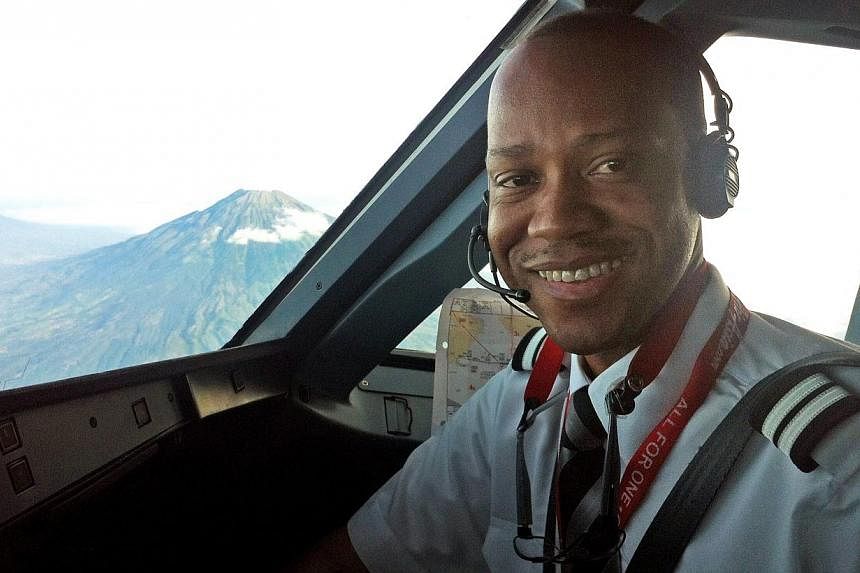JAKARTA - The co-pilot of missing AirAsia flight QZ8501 was flying the plane - supervised by the pilot - before it crashed last month, Indonesia's National Transportation Safety Committee (NTSC) said on Thursday, adding that the plane took about three minutes to plunge into the sea.
"The second-in-command, popularly known as the co-pilot, who usually sits to the right of the cockpit. At the time, he was flying the plane," Mr Mardjono Siswosuwarno, head investigator for NTSC, said at a news conference. "The captain, sitting to the left, was the pilot monitoring."
All crew on board were properly certified and the plane was in good condition when it departed Surabaya for Singapore on Dec 28 with 162 people on board, he added.
Mardjono said the flight data recorder provided a "pretty clear picture" of what happened in the last moments of flight QZ8501.
He said the plane had been cruising at a stable altitude before the crash. "The plane was flying within the limits of weight and balance envelope," he said.
Mardjono and other investigators did not explain what might have caused the plane to crash.
The preliminary report on QZ8501 only gathers data and facts of the case. These will be studied during the analysis stage to determine the crash.
Captain Ertata Lananggalih, senior air safety investigator, said storm clouds at the time rose to a height of 44,000 ft. The pilot requested to fly at 38,000 ft instead of 32,000 ft, but was granted permission to ascend to 34,000 ft.
At 32,000 ft, the plane tilted to the left before it ascended to about 37,400 ft in about 30 seconds. It took another 30 seconds to return to 32,000 ft, after which it started falling slowly, taking about three minutes to plunge into the sea.
NTSC chief Tatang Kurniadi told the same news conference that Indonesia had submitted its preliminary report on the crash to the International Civil Aviation Organisation (ICAO) on Wednesday, as required under global aviation rules.


